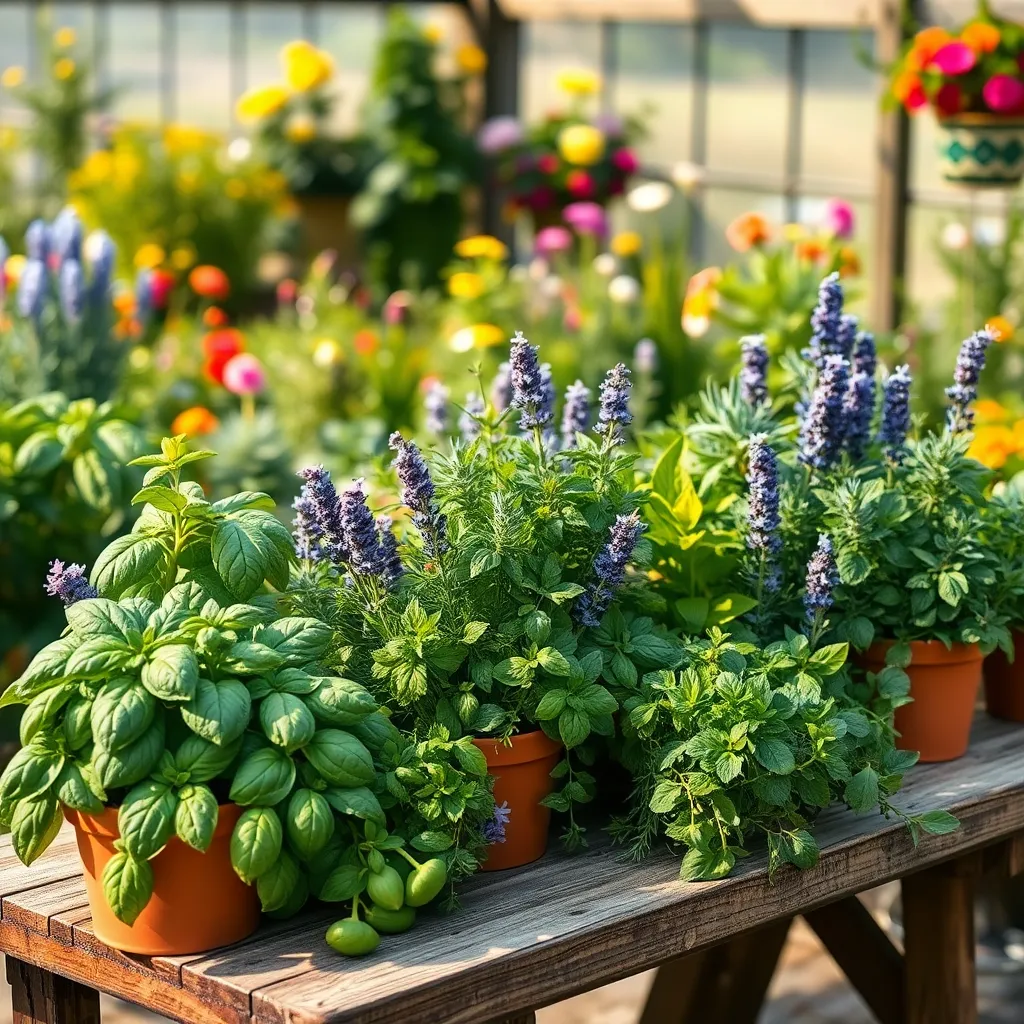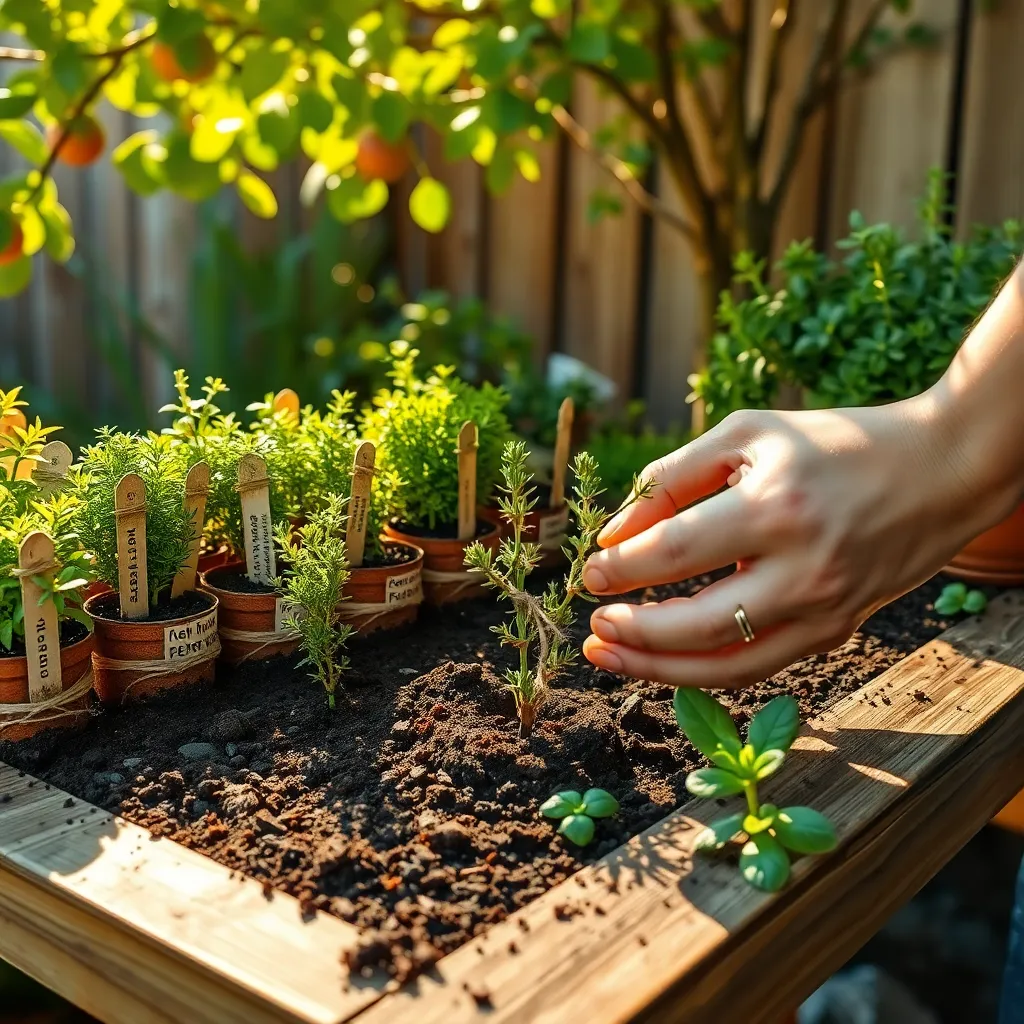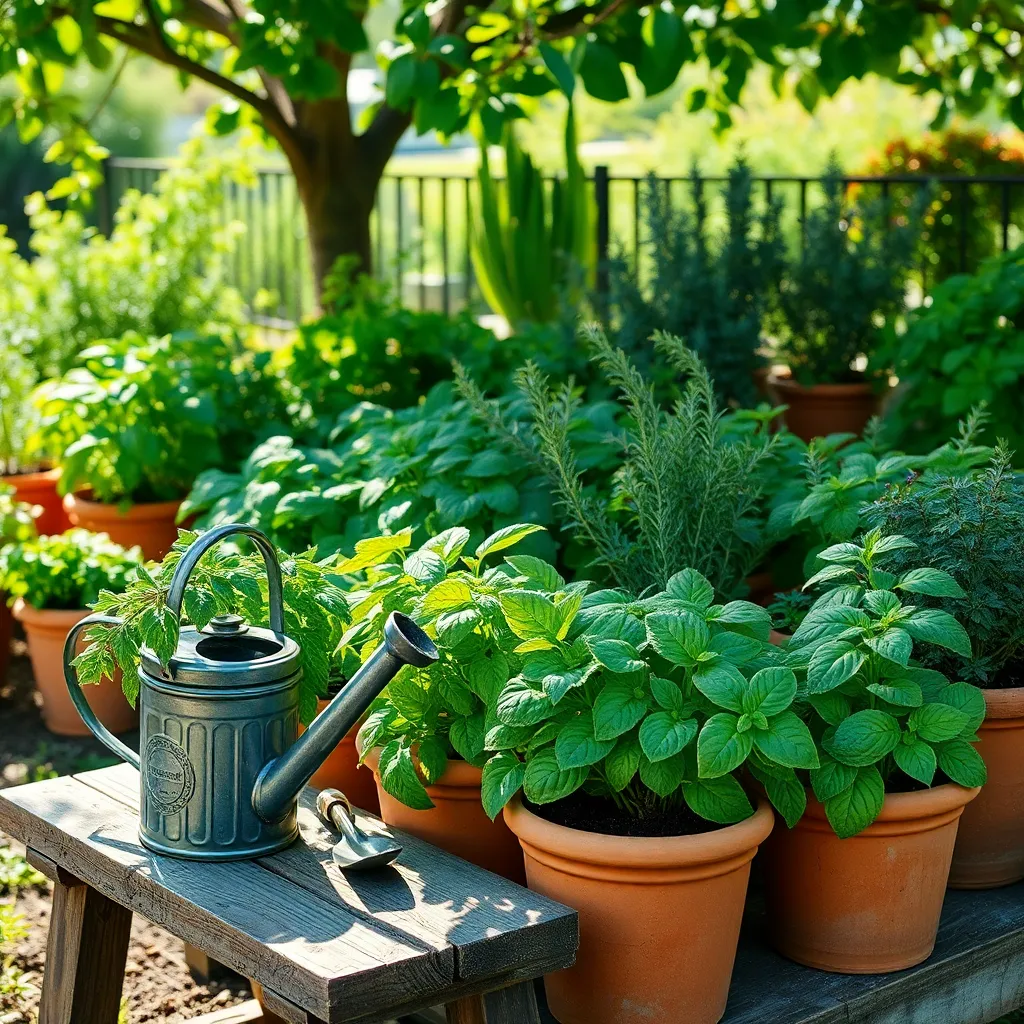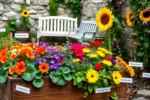Imagine stepping out your back door to pluck fresh basil for tonight’s pasta or snipping a sprig of rosemary to infuse your morning tea. Building your own herb garden not only elevates your culinary experiences but also connects you to the rhythms of nature in a truly rewarding way. Whether you’re just beginning your gardening journey or you’ve already got a green thumb, creating a herb garden is an enjoyable project that brings fragrant, fresh flavors right to your fingertips.
Herbs are remarkably forgiving, making them ideal for both novice gardeners and seasoned growers looking to expand their repertoire. In this article, we’ll guide you through selecting the perfect spot, choosing the right herbs for your needs, and maintaining your garden for continuous harvests. You’ll learn how to tailor your herb garden to your lifestyle and space, whether that’s a small windowsill arrangement or a sprawling outdoor plot. Let’s embark on this journey together, transforming simple seeds into a lush, aromatic haven that enhances your home and nourishes your senses.
Select a Sunny Location

To begin crafting your herb garden, it’s essential to choose a location that receives plenty of sunlight. Most herbs, like basil and rosemary, thrive with at least six to eight hours of direct sunlight daily.
Consider the movement of the sun throughout the day to ensure your chosen spot isn’t shaded by trees or buildings. By observing the sun patterns, you can avoid placing your garden in areas that might become shaded during critical midday hours.
For those living in regions with intense heat, providing some afternoon shade can prevent wilting. In such cases, you might opt for a spot with morning sun and light afternoon shade to shield delicate herbs like cilantro and parsley.
Beyond sunlight, ensure the location has good drainage to prevent root rot, which is common in waterlogged soil. If your yard’s soil tends to retain water, consider using raised beds or containers filled with a well-draining potting mix to improve conditions.
- Test soil drainage by digging a small hole, filling it with water, and timing how quickly it drains.
- If it takes more than an hour to drain, amend the soil with sand or organic matter to enhance drainage.
Prepare the Garden Bed

Once you’ve selected a sunny location, it’s time to prepare your garden bed for planting. Start by assessing the current condition of the soil, as healthy soil is the foundation of a thriving herb garden.
Begin by removing any weeds, rocks, or debris from the area to ensure a clean slate. Loosen the soil with a garden fork or tiller to a depth of about 12 inches to improve aeration and drainage.
Next, enrich the soil with organic matter like compost or well-rotted manure. This will provide essential nutrients and enhance the soil structure, which is crucial for herbs to establish strong roots.
For those dealing with heavy clay or sandy soils, consider mixing in some additional amendments. Clay soils benefit from sand and organic matter, while sandy soils improve with added peat moss or compost to retain moisture.
Level the soil surface with a rake, ensuring it’s even and smooth for planting. This step will help prevent water from pooling in certain areas, which can lead to root rot or other issues.
At this stage, it’s a good idea to test your soil’s pH level. Most herbs thrive in a slightly acidic to neutral pH range of 6.0 to 7.0, so adjust accordingly if needed using lime or sulfur.
Finally, plan your herb layout by considering the mature size of each plant and their specific growing requirements. Space plants adequately to allow for air circulation and sunlight penetration, which are key to reducing disease risk.
Choose Your Herb Varieties

When selecting herbs for your garden, consider your cooking preferences and the growing conditions you can provide. For a beginner-friendly option, try growing basil, parsley, and mint, which thrive in most climates and are versatile in the kitchen.
Basil needs plenty of sunshine and well-draining soil to flourish. Water it regularly, ensuring the soil remains moist but not waterlogged, and pinch off the flowers to encourage bushy growth.
Parsley, on the other hand, is a biennial herb that can tolerate partial shade, making it ideal for gardens with less sun exposure. It prefers nutrient-rich soil, so consider adding compost or a slow-release fertilizer to enhance growth.
Mint is a hardy herb that can quickly become invasive, so it’s best grown in containers. Keep the soil moist, and position the pots in a spot where they’ll receive at least four hours of sunlight daily.
For those looking to expand their herb collection, consider more advanced varieties like rosemary or thyme. These herbs prefer sandy, well-drained soils and need less frequent watering once established, making them perfect for low-maintenance gardeners.
Plant Seeds or Seedlings

Deciding whether to start your herb garden with seeds or seedlings depends largely on your patience and experience level. Seeds are more economical and offer a wider variety of options, while seedlings provide a head start, especially for beginners.
For those opting for seeds, ensure you have the right conditions such as a warm, sunny spot and well-draining soil. Herbs like basil and cilantro are excellent choices for starting from seeds, as they germinate quickly and are relatively easy to care for.
If you’re using seedlings, you’ll want to focus on proper transplanting techniques to minimize shock. Gently loosen the roots and water thoroughly after planting to help them settle in. Ensure seedlings are planted at the same soil level as they were in their original container, as planting too deep can harm their growth.
Regardless of your choice, consistent care is crucial for a thriving herb garden. Water your herbs regularly, but avoid overwatering by letting the top inch of soil dry out between sessions. Herbs generally prefer full sun, so aim for six to eight hours of sunlight daily to promote healthy, robust growth.
Water and Maintain Regularly

Consistent watering is crucial for the success of your herb garden, especially during the growing season. Ensure that you water your herbs deeply but infrequently, allowing the soil to dry out slightly between waterings to prevent root rot.
Using a well-draining soil mix is essential to prevent waterlogged roots. Consider adding materials like perlite or sand to your soil to improve drainage, which is vital for herbs like rosemary and thyme that prefer drier conditions.
Observing your plants regularly will help you catch any issues early, such as yellowing leaves or wilting, which can indicate over or under-watering. Adjust your watering schedule based on the weather; in hotter months, herbs may need more frequent watering.
Besides watering, maintain your herbs by pruning them regularly to encourage bushier growth and prevent them from becoming leggy. Snip herbs such as basil and mint just above a set of leaves to promote new growth from the cut area, ensuring a continuous supply of fresh herbs.
Conclusion: Growing Success with These Plants
In nurturing your relationship through the art of building an herb garden, we explored five key concepts: the importance of communication as you plan your garden together, patience and understanding as you learn about each plant’s needs, teamwork in planting and tending to your herbs, the joy of shared achievements as your garden flourishes, and the resilience to adapt to challenges like weather or pests. Each of these concepts mirrors the dynamics of a healthy relationship, reminding us that growth, whether in a garden or a partnership, requires dedication and love.
As an immediate step, why not choose a few herbs to plant this weekend? This hands-on activity will not only enhance your culinary adventures but also strengthen your bond.
Remember, relationships, like gardens, thrive on attention and care. Bookmark this article now to revisit these valuable insights whenever you need a gentle reminder of how your partnership can blossom. With continued effort and mutual support, your relationship can thrive just like a well-tended garden, nurturing both your souls and your shared future. Embrace this journey of growth and connection with confidence and joy.





